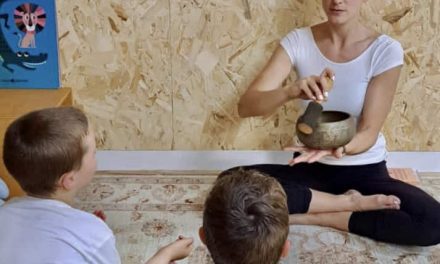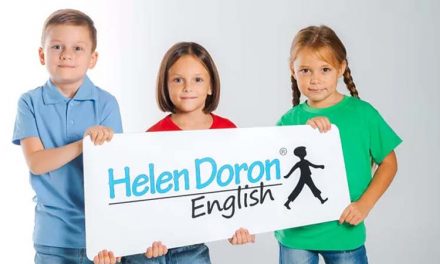When it comes to learning a new language, it is always said that children are sponges and take in everything they are told. This statement is true up to a point, because not all children have the same skills when it comes to learning a new language, and also, depending on their age, they absorb more or less information.
English, the most widely spoken language in the world along with Chinese, is taught in schools from a very early age. As a result, many children have to develop comprehension skills as young as 3 years old.
Not everyone has the same abilities, which is why the Helen Doron method can be a great help in learning English.
¿Qué encontrarás aquí?
What is the Helen Doron Method and what does it consist of?
The Helen Doron Method is one of the most successful methods of teaching English to children. She uses a unique methodology, based on her research of the Suzuki method, Glenn Doman and Montessori theory, to make learning fun and effective.
It is an English teaching system for children and teenagers based on a natural learning style and linguistic immersion.
The method uses a curriculum framework designed to help children acquire the oral fluency and linguistic resources necessary for actual language use.
It focuses on the use and practice of communication skills, enriched with fun audio-visual material, games and interactive exercises. Children produce oral responses from the earliest years to improve their listening comprehension and speaking fluency.
The Helen Doron method also emphasizes the development of a solid foundation in grammar, pronunciation and vocabulary by teaching explicit rules to ensure that children learn the language in a consistent manner.
It is designed to stimulate children through exposure to language while developing their language skills.
The Helen Doron Method focuses on 4 fundamental principles that make this method so successful:
- Repetitive listening.
- Positive reinforcement.
- Small group learning.
- Learning with fun.
These 4 principles help students develop their language skills at a comfortable pace as they are encouraged to learn.
Introduction to the Helen Doron Method
The Helen Doron learning method is known worldwide, because it helps children from 3 months to teenagers to understand the language.
Moreover, this method is now used in numerous public and private schools around the world.
Helen Doron Method: history and origin
Helen Doron is a British linguist and educator. She studied linguistics and French language at the University of Reading, UK, and taught at the University of Poitiers, France, before completing her master’s degree in linguistics.
Helen Doron was inspired to create her method by her 4-year-old daughter’s violin lessons. Those violin lessons followed the Suzuki method, an approach based on the application of language acquisition principles to music learning.
The instrument is taught by listening to music, not by reading sheet music. Helen Doron was so impressed with how this method worked that she found in its principles the inspiration to develop her own method of teaching English to children.
Therefore, applying the same principle, the Helen Doron English method consists of learning English naturally, with recordings of songs, stories, rhymes, using repetitive listening and positive effort.
How does the Helen Doron Method work?
As we have already mentioned, there are 4 fundamental principles that Helen Doron added in her method and has made it a worldwide success:
Repetitive listening
A key point of the method is to repetitively listen to a series of materials such as audio stories and songs at home.
The child has to listen at home to all the materials that will later be worked on in class to facilitate their assimilation.
Positive reinforcement
Each time the child does something well in class he/she will receive positive reinforcement to encourage him/her and foster motivation for learning.
Learning in small groups
Courses are taught in small groups of 4 to 8 students. This allows the teachers to dedicate quality time to each student and the possibility to interact with each other.
Small group classes have proven to be more effective than individualized classes.
Learning with fun
Babies, children and adolescents learn better if they have fun in class, which is why the Helen Doron method uses resources such as play, music and movement.
Why is the Helen Doron method so effective?
The Helen Doron method is effective thanks to its 4 fundamental principles. Moreover, the data support it.
Nearly 2 million children have already learned English with the Helen Doron English method, benefiting from Helen’s commitment to educational excellence.
Since 2012, Helen Doron English has collaborated with the University of Cambridge to prepare candidates for official English exams. Cambridge ESOL is internationally recognized as an examining board for English language proficiency.
Helen Doron’s courses are equivalent to Cambridge standards and therefore can prepare students from Starters level to First Certificate in English.
On the other hand, there are studies that confirm that his method is a great success among children, thanks to the fact that he has an effective and fun way of teaching languages to children.
The Helen Doron Method is one of the best options for those who want their children to learn a foreign language successfully!











